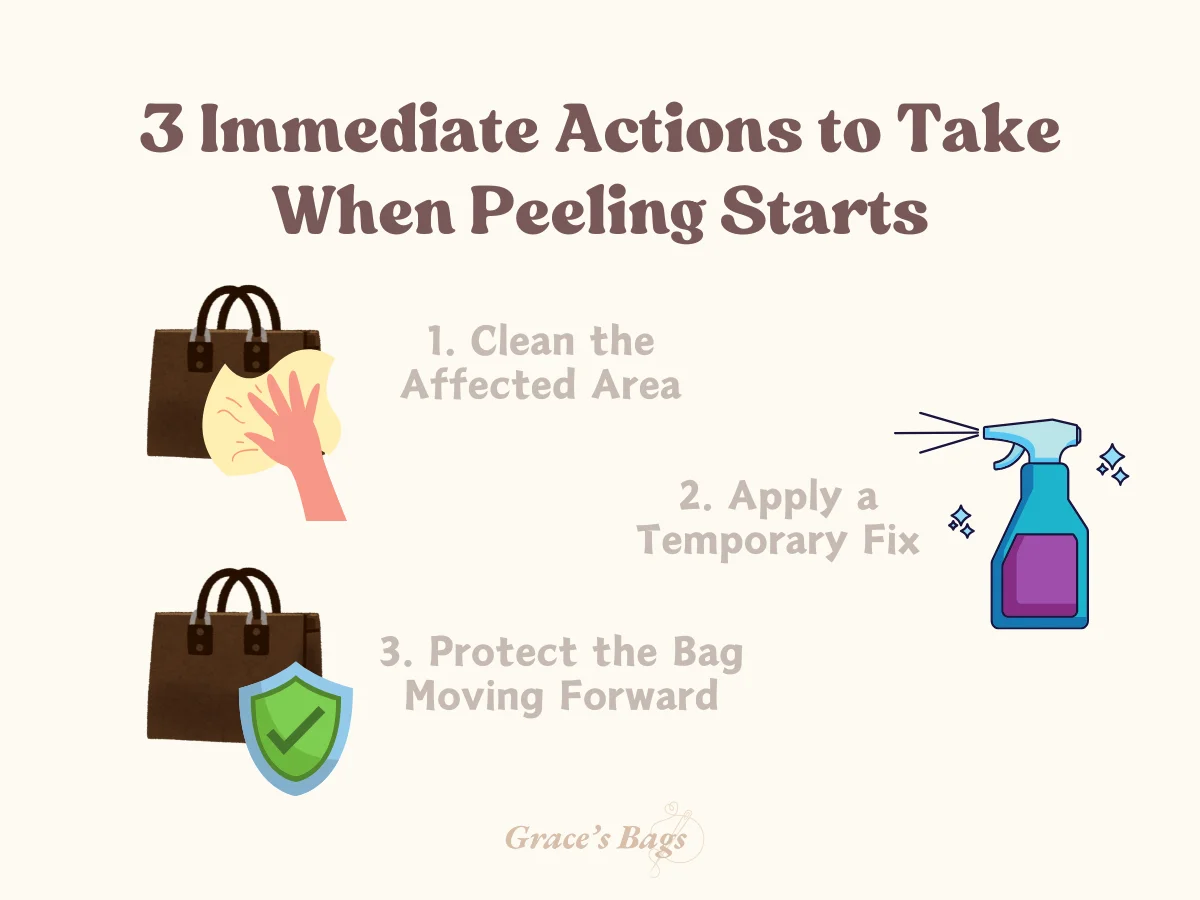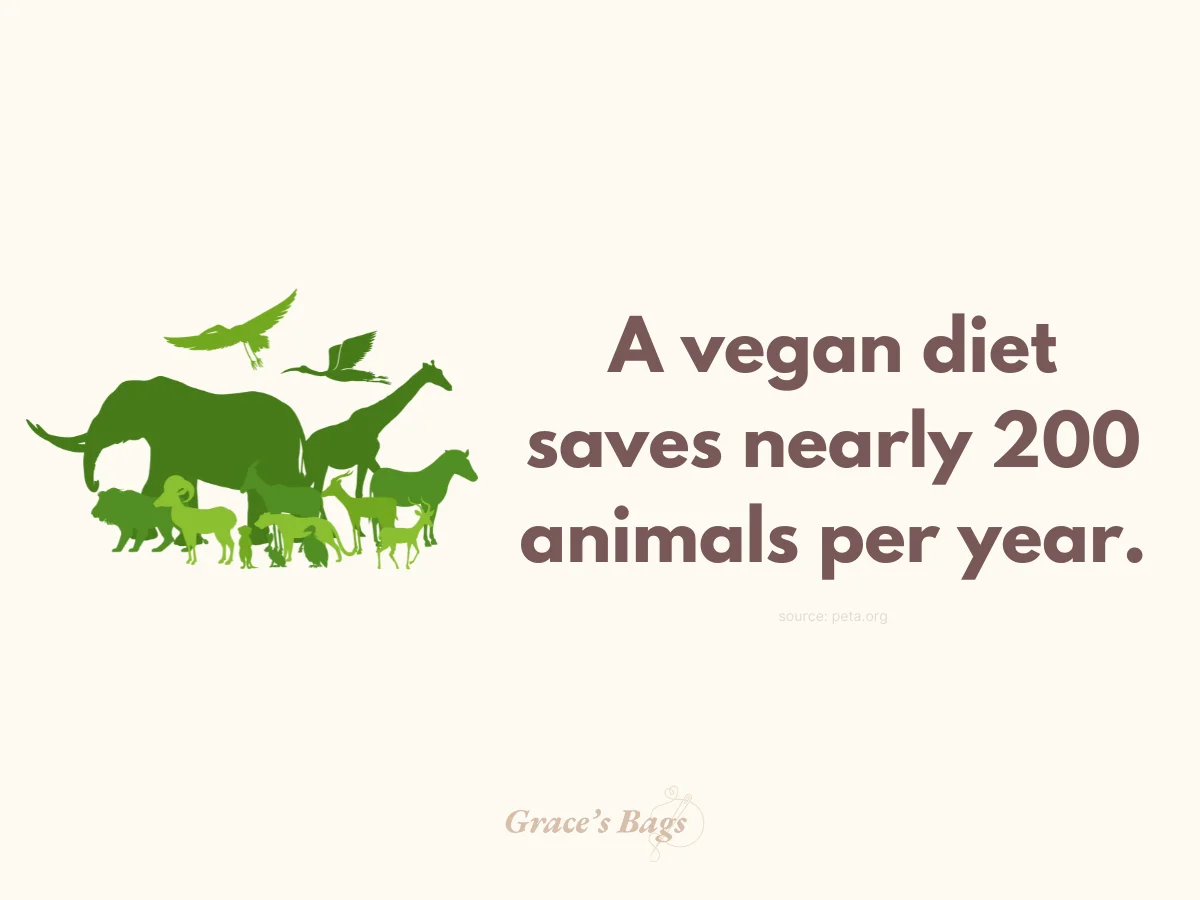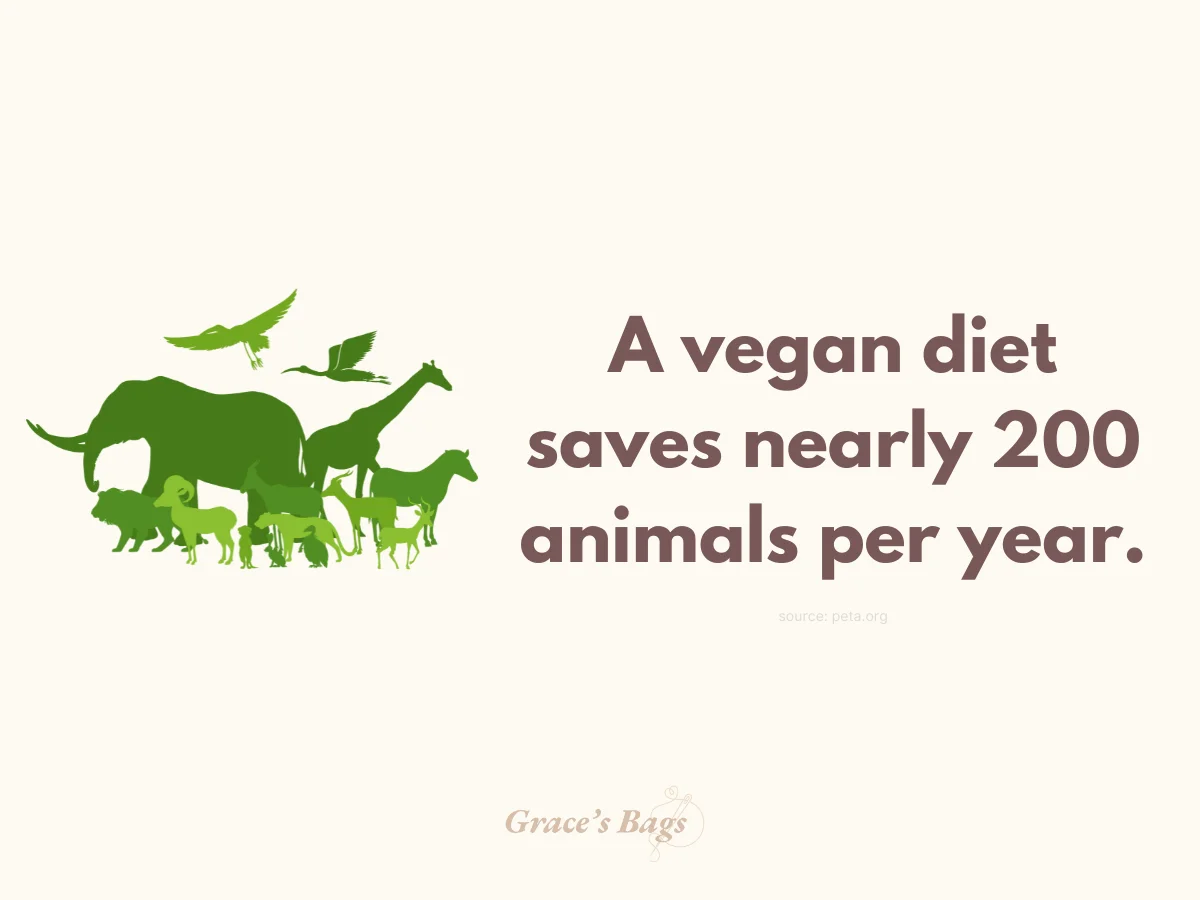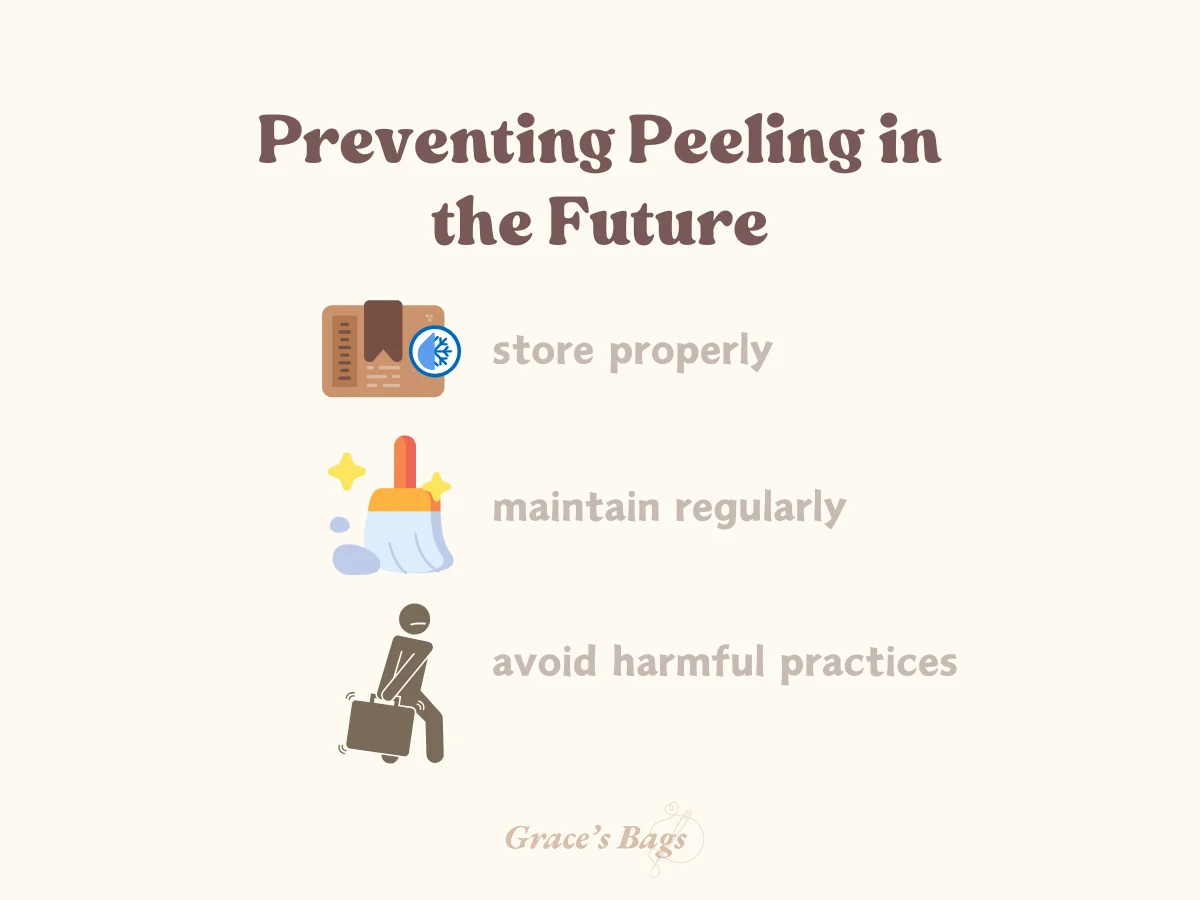What To Do When Your Vegan Leather Bag Starts Peeling

Vegan leather is a popular pick for those seeking a chic, guilt-free substitute for real leather. It's crafted from materials like polyurethane or even new plant-based choices, offering a smooth, modern look without harm to animals or the planet.
Many people appreciate it for its flexibility and price point, but like most materials, it has its drawbacks.
One common issue? Peeling.
Of course, when your vegan leather bag starts to wear out, it’s not just about the look – it’s about getting the most out of something you value.
In this article, we'll dig into why peeling happens, how you can fix it, and ways to keep it from happening again. You’ll walk away with practical advice and simple steps to give your bag a longer life. Let’s get started!
Understanding Vegan Leather and Why It Peels

Vegan leather (also known as faux leather) is a synthetic material that looks and feels like genuine leather ‒ without using any animal products.
It's often created from a mix of PU (polyurethane), PVC (polyvinyl chloride) or plant-based sources like pineapple or mushroom fibers. This makes it eco-friendly and harmless to animals. Though it's still pretty stylish and adaptable – check our collections here at Grace Bags – it does mean it's more prone to peeling and wear if not cared for well.
As for why peeling occurs, it's usually due to these reasons.
-
Exposure to heat, sunlight, or moisture. These elements can weaken the coating of fake leather and cause flaking.
-
Regular wear and tear. High-friction areas like straps or corners break down faster.
-
Improper storage or lack of maintenance. Humid, cramped spaces and neglect accelerate deterioration.
Peeling not only ruins the appearance of your bag but also compromises its durability, leaving the surface prone to further damage.
3 Immediate Actions to Take When Peeling Starts

When your vegan leather bag starts peeling, it’s important to act quickly to minimize further damage.
1. Clean the Affected Area
Start by cleaning the peeling area to remove dirt and oils that could worsen the damage. A clean surface ensures better results when you proceed with repairs or protective measures.
-
Use mild soap and water. Use a soft cloth dampened with soapy water to clean gently.
-
Avoid harsh chemicals. Stick to non-abrasive cleaners to prevent further damage to the material. It's best if you have a mild leather cleaner on hand, too. These are made for genuine leather, which tends to be more sensitive.
-
Dry thoroughly. Pat dry with a lint-free cloth to remove any moisture before proceeding.
2. Apply a Temporary Fix

A quick repair can stop further peeling and immediately improve your bag’s appearance. This step helps you maintain the bag until you can perform a more thorough fix.
-
Clear polish or fabric glue. You can use clear nail polish or shoe polish to seal small peeling spots. If you have fabric glue or leather glue, even better.
-
Smooth out edges. Gently press the peeling areas back into place with your fingers.
-
Dry completely. Let the glue or polish dry fully to prevent smudging or re-peeling.
3. Protect the Bag Moving Forward
Prevention is key to maintaining your vegan leather bag after peeling starts. Protecting the material from future damage will extend its lifespan and keep it looking as good as possible in the meantime.
-
Use a protective spray. Choose one designed for synthetic leather to add a protective layer.
-
Avoid heat and moisture. Keep the bag in a cool, dry place away from direct sunlight.
-
Store properly. Use dust bags or soft covers to prevent friction and environmental exposure.
How to Repair a Peeling Vegan Leather Bag
Repairing your peeling vegan leather bag can save you money, extend its life, and reduce waste. A well-done repair restores the bag’s appearance and functionality, making it usable for years to come.
Depending on the severity of the peeling, you can tackle the issue yourself or seek professional assistance for better results.
Minor Repairs
These fixes are perfect for small peeling areas that don’t require extensive work.
-
Use adhesive. Reattach small peeling sections with fabric glue or clear adhesive.
-
Apply a leather patch or paint. This is like how you'd use bonded leather to fix natural leather issues. For faux leather, simply cover the affected areas with leather paint to blend them with the bag’s original surface.
-
Smooth out with a soft cloth. Gently press and smooth repaired spots for a polished finish.
Major Repairs

If the peeling covers larger sections or the damage is severe, a more thorough approach is needed.
-
Sand down loose or flaking pieces. Use fine-grit sandpaper to smooth rough or peeling sections.
-
Apply leather filler and repaint. Fill gaps with a leather filler, then repaint for a consistent surface.
-
Seal with a top coat. Apply a protective sealant to the repaired area to prevent future peeling.
DIY vs. Professional Help
For minor peeling, DIY fixes can be quick, affordable, and effective. However, if the damage is extensive or you want a professional finish, consulting an expert secures higher-quality results. Professionals can also provide durable solutions that keep your bag looking like new.
Preventing Peeling in the Future

Taking steps to prevent peeling helps you maintain the quality and appearance of your vegan leather bag over time.
Proper storage, regular care, and avoiding harmful practices are key to extending its lifespan and keeping it looking its best.
Storage Tips
-
Store your bag in a cool, dry place, away from humidity and direct sunlight.
-
Use breathable dust bags or soft covers to protect the material while allowing airflow.
Maintenance Routine
-
Clean your bag regularly with a damp cloth to remove dirt and oils.
-
Apply a vegan leather conditioner occasionally to maintain its softness and flexibility.
Avoid Harmful Practices
-
Keep your bag away from heat sources like radiators and stoves.
-
Avoid overloading it, as carrying excessive weight can stretch and stress the material.
Alternatives When the Damage is Beyond Repair
If your vegan leather bag is beyond repair, don’t toss it out just yet! There are creative and sustainable ways to give it a second life while minimizing waste. Repurposing or recycling the materials can help you make the most out of what’s still usable.
-
Turn it into smaller accessories. Use non-damaged sections to create wallets, keychains, or a small leather purse.
-
Repurpose for DIY projects. Craft patches, bookmarks, or decorative elements for other items using intact parts.
-
Explore recycling or donation options. Look for upcycling programs that can transform the material into new, functional products.
Prevent Peeling Leather Bag Today
A peeling faux leather bag doesn't have to be tossed away. Understanding what it's made of and how it gets damaged helps you fix small problems or find new uses if needed. Regular care ‒ like storing it properly and avoiding harmful methods ‒ keeps your vegan leather items lasting longer.
With proper attention, vegan leather can stay trendy and tough for years. Good habits, such as frequent cleaning and applying protective sprays, help keep your bags looking great and cut down on waste. Investing a bit of time pays off in keeping your favorite pieces in good shape.











Leave a comment